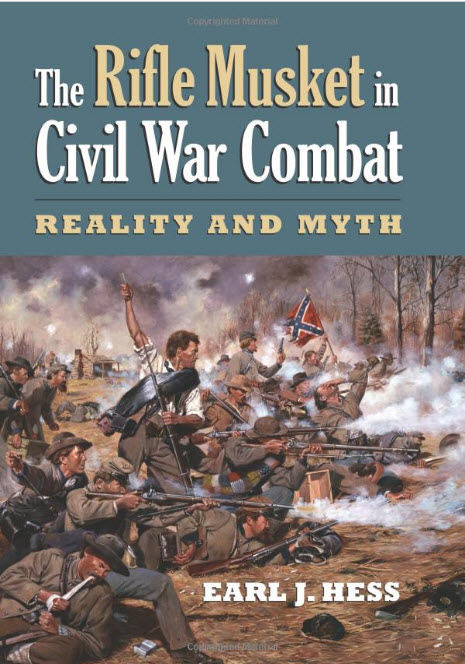
Review by Martin K.A. Morgan
At sunrise on Wednesday, August 10, 1864, the Confederate garrison inside Fort Morgan, Alabama awoke to find federal sharpshooters positioned throughout the sand dunes immediately around the structure. Marking the beginning of a two-week long siege, the sharpshooters fixed their rifle-sights on the fort and fired at anything that moved. They produced a “rain of balls” so relentless and effective that one Confederate soldier commented, “…no one can show his head above the parapet” because of the bullets “whizzing all over the fort.” The garrison considered the sharpshooters “very daring” because they crept so close to the fort – some as close as 250 yards from its masonry walls. Being prevented from firing by such accurate rifle fire, Fort Morgan’s artillery could do nothing to interfere with the landing of hundreds of fresh Union troops later that day. After sunset, 200 Union soldiers began digging trenches, filling sandbags, shaping artillery revetments and generally advancing a federal siege line that gradually tightened the noose around the old fort.
This process continued throughout the middle of August and permitted the emplacement of heavy guns and siege mortars that ultimately subjected Fort Morgan to a heavy bombardment that resulted in the garrison’s capitulation. Although the most awesome weapons available to the U.S. Navy and the U.S. Army caused the fall of Fort Morgan, Union sharpshooters did too. They suppressed the offensive firepower of a well-armed Confederate garrison and made it possible to bring up the big guns that battered the fort into submission. They accomplished this task with a weapon that fought in every Civil War clash of arms – a weapon often credited with being the most murderous instrument of warfare on the battlefield: the rifle musket.
This particular class of musket emerged during the 1830s and 1840s from a series of technological advances in shoulder fired arms and ammunition that made it possible for an individual shooter to direct accurate rifle fire against targets at greater ranges and with unprecedented accuracy. For over fifty years now, historians have deterministically interpreted the rifle musket as being the technology responsible for the extreme bloodletting so closely associated with Civil War battles.





